Experiment No.: 10
Experiment Name:
Identification of Various Active and Passive Electronic Components in a Given Circuit
Objective:
To identify various active and passive electronic components in a given circuit.
Theory:
1. Active Components : An active component is an electronic component which supplies energy to a circuit.
Common examples of active components are:
- Voltage sources
- Current sources
- Generators (such as alternators and DC generators)
- All different types of transistors (such as bipolar junction transistors, MOSFETS, FETs, and JFET)
- Diodes (such as Zener diodes, photodiodes, Schottky diodes, and LEDs)
2. Passive Components: A passive component is an electronic component which can only receive energy, which it can either dissipate, absorb or store it in an electric field or a magnetic field. Passive elements do not need any form of electrical power to operate. As the name ‘passive’ suggests – passive devices do not provide gain or amplification. Passive components cannot amplify, oscillate, or generate an electrical signal.
Common examples of passive components are:
- Resistors
- Inductors
- Capacitors
- Transformers
Different Elements Identified:
| Sl. No. | Name of the Elements | Figure of the Component | Symbol | Component Type | Function | Application | No. of Terminals |
| 1. | Resistor |  | 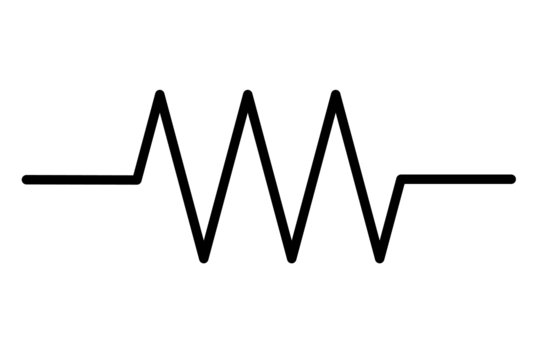 | Passive | It resist the flow of current | Shunt, multiplier, current controller, | 2 |
| 2. | POT (Potentiometer) |  |  | Passive | It works as a variable resistor | Control volume, brightness, colour | 3 |
| 3. | LDR (Light Dependent Resistor) | 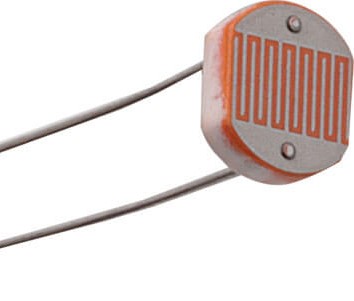 |  | Passive | It is used where there is a need to sense the presence and absence of light is necessary. | Alarm clocks, street lights, light intensity meters, burglar alarm circuits | 2 |
| 4. | Inductor |  |  | Passive | It helps to store energy in the form of magnetic energy when electric current flows through it | Choking, blocking, attenuating, or filtering/smoothing high frequency noise in electrical circuits | 2 |
| 5. | Polarised Capacitor | 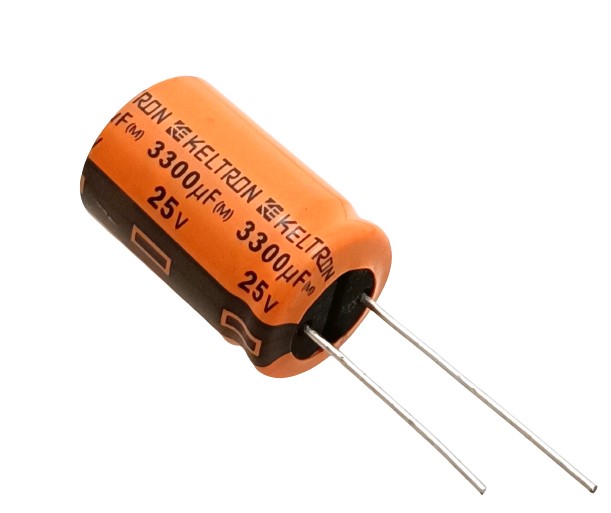 |  | Passive | It passes AC and block DC | to filter power supplies in ac to dc rectifier circuit | 2 |
| 6. | Non Polarised Capacitor |  | 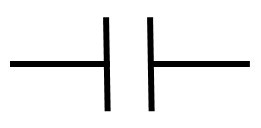 | Passive | It has no implicit polarity – it can be connected either way in a circuit | used in circuits of coupling, decoupling, feedback, compensation, and oscillation | 2 |
| 7. | PN Junction Diode |  |  | Passive | It is used to remove negative signals from AC current | Rectifier circuit, isolating signals from a supply, and mixing signals | 2 |
| 8. | Zener Diode |  | 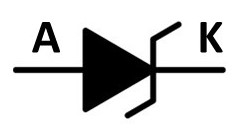 | Active | It can act as a steady output voltage for a load connected in parallel with it | Voltage regulation, as reference elements, surge suppressors, switching applications and clipper circuits | 2 |
| 9. | LED (Light Emitting Diode) | 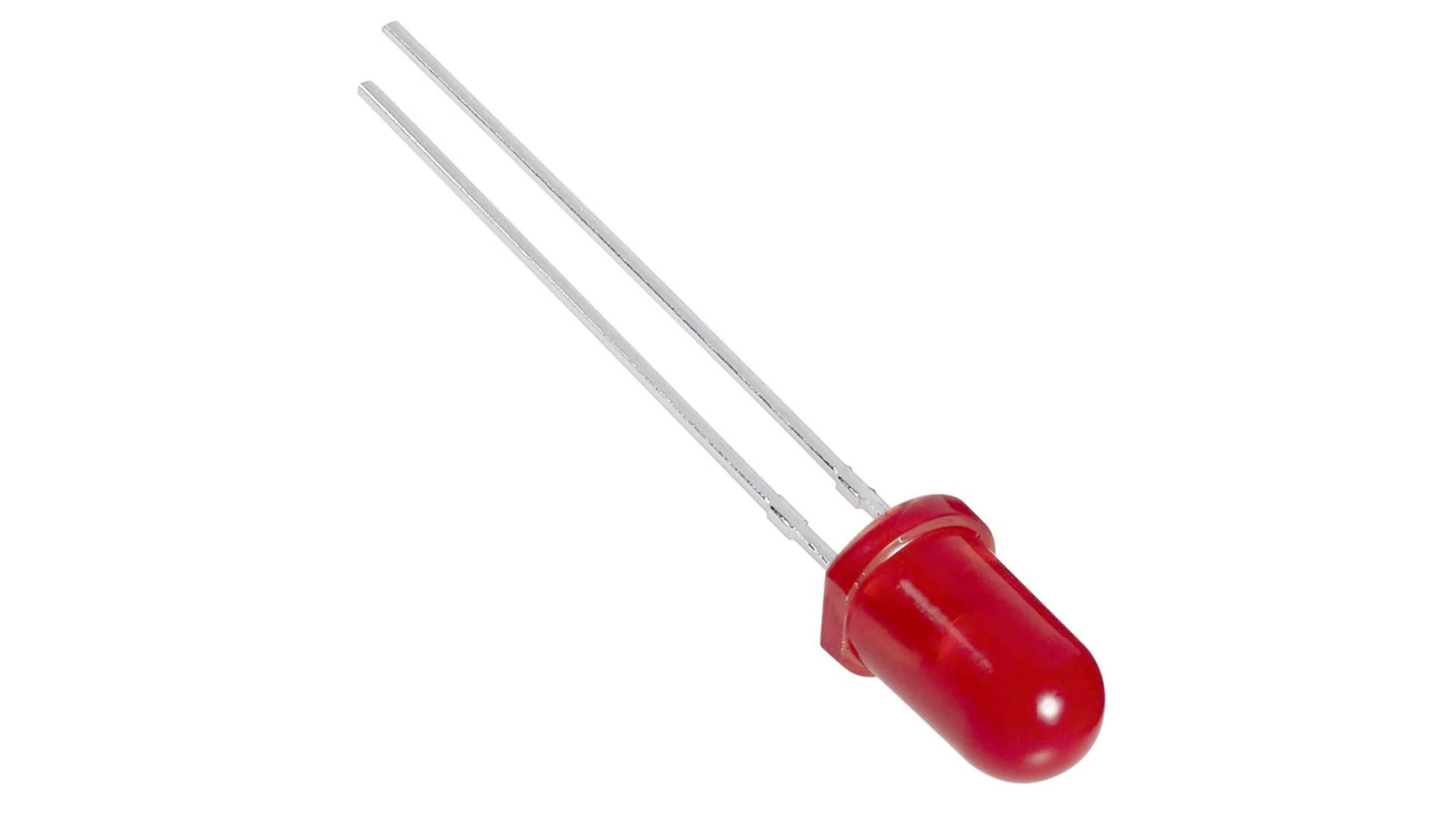 |  | Passive | It is a specialised type of diode as they have very similar electrical characteristics to a PN junction diode | Modern illumination, indicator, display | 2 |
| 10. | PNP Transistor |  |  | Active | It helps to control current flow in heavy applications | Amplification circuits | 3 |
| 11. | NPN Transistor | 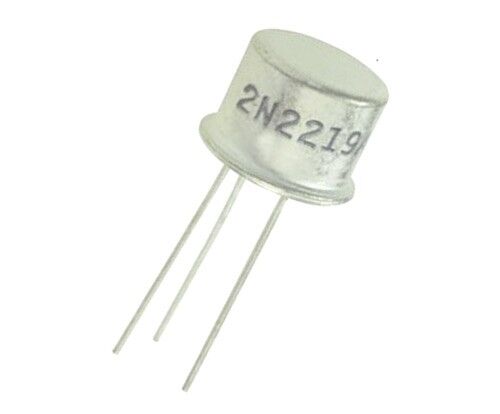 |  | Active | It is used to amplify weak signals | Switching applications, amplification circuits | 3 |
| 12. | FET (Field Effect Transistor) | 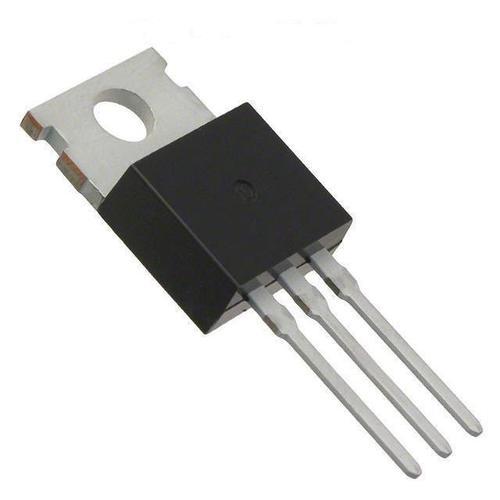 |  | Active | It is a voltage controlled device due to this it is used in operational amplifier as voltage variable resistors. | Input amplifiers in devices i.e. voltmeters, oscilloscopes, and other measuring devices | 3 |
| 13. | MOSFET (Metal Oxide Semiconductor Field Effect Transistor) | 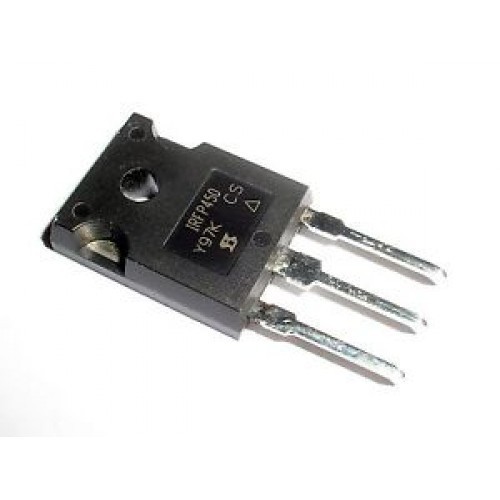 |  | Active | It has an insulated gate, whose voltage determines the conductivity of the device. | automotive electronics, particularly as switching devices in electronic control units, and as power converters in modern electric vehicles | 3 |
| 14. | SCR (Silicon Controlled Rectifier) |  |  | Active | It is essentially a switch with no moving parts. It consists of a semiconductive path and what is called a bridge. | used in devices where the control of high power, possibly coupled with high voltage, is demanded | 3 |
| 15. | Transformer |  | 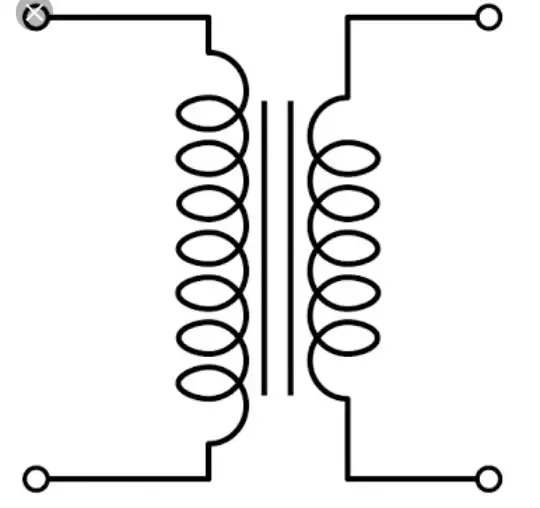 | Passive | It is a static device which transfer electric power from one circuit to another without changing it’s frequency. | To step up and step down the voltage and current | 4 or 5 (in case of centre tapped transformer) |
Remarks: The aforesaid elements are identified successfully in a given circuit.
